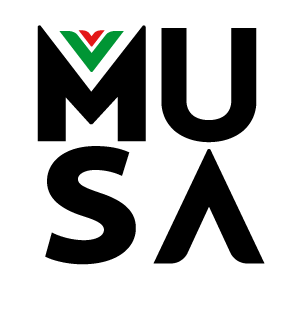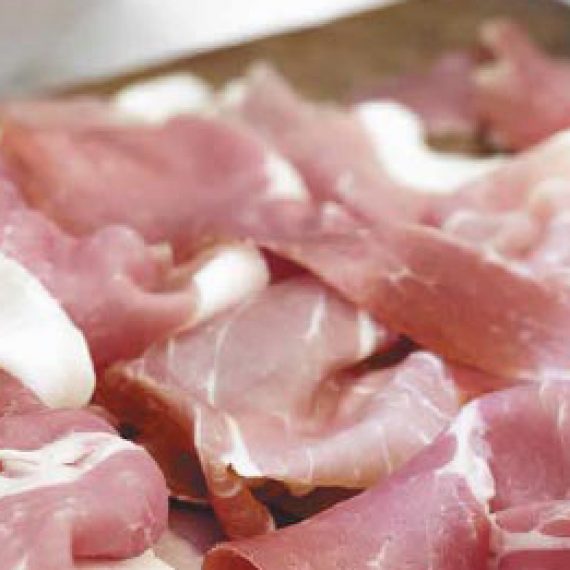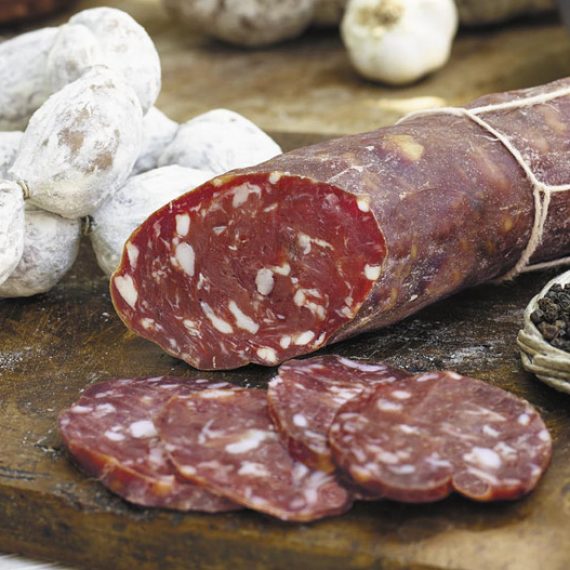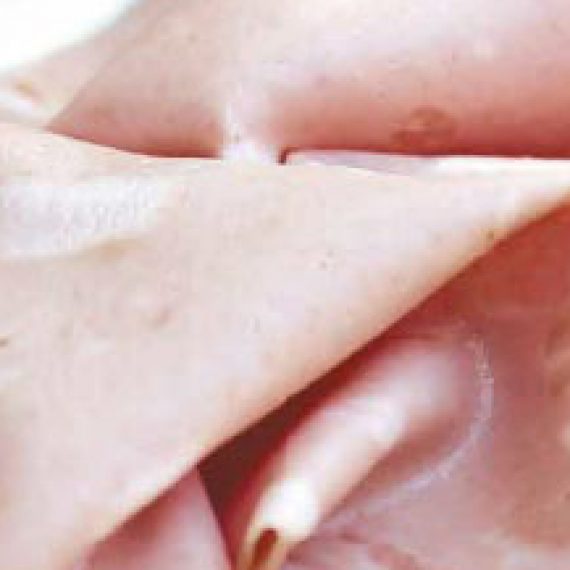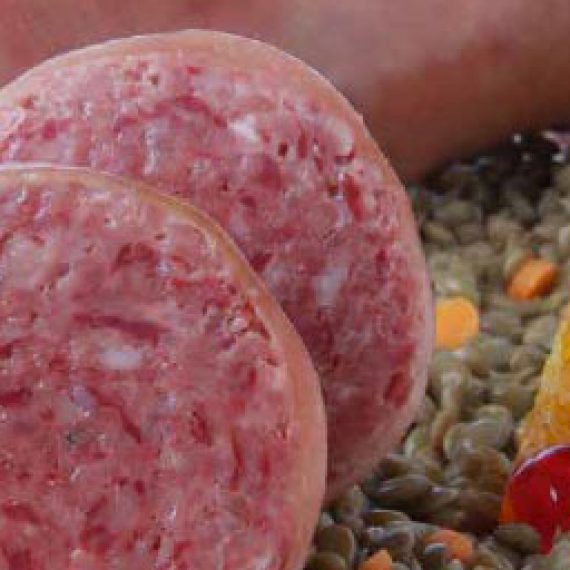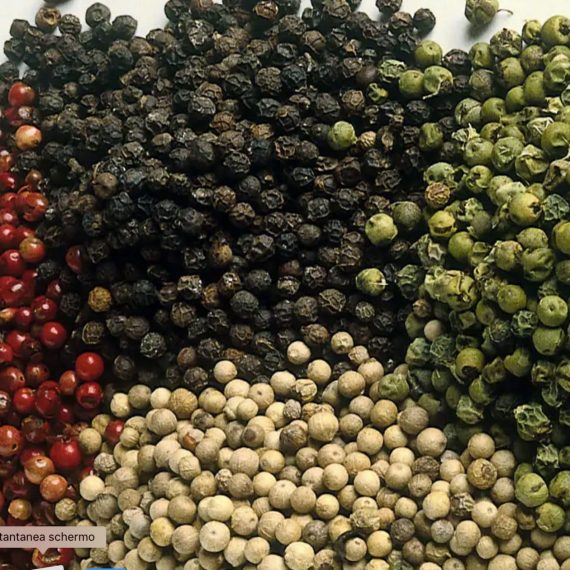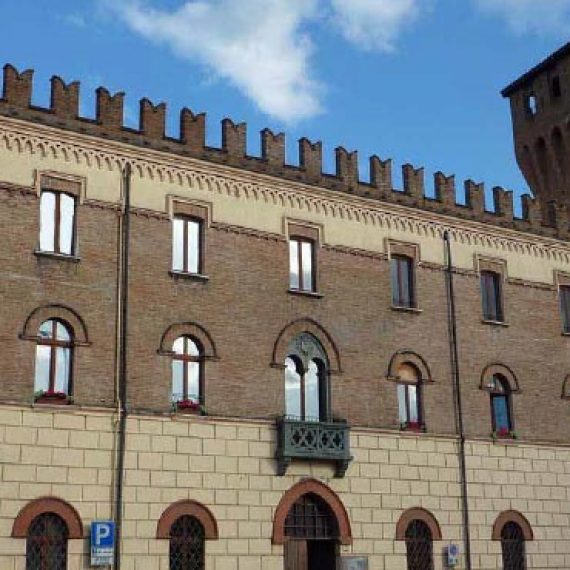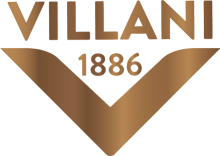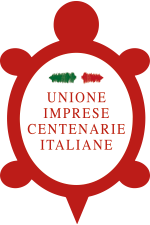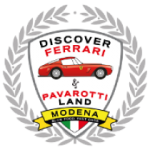Castelnuovo Rangone is located in the flatlands surrounding Modena, 13 km from the city’s center and near the Apennine mountains. Archeological digs in the area unearthed the finds of an ancient civilization from the Bronze Age (1650-1200 A.D.) called the Terramara, who would have been the first inhabitants of Castelnuovo Rangone.
Also, several tombs, remains of buildings, fragments of pavement, coins and other finds excavated in the surrounding countryside date back to Roman times (II century B.C.). In fact, it is well known that the Tiepido River Valley was inhabited and was rich in oak trees whose acorns were used to feed farmed pigs.
The town’s name – Castelnuovo Rangone, first appeared in a donation contract of the Bishop of Modena Ingone in favor of the Abbot of St-Peter Ardonic (1025 A.D.) regarding land and property “in Castro Novo super ripam fluminis Tepidi de mane” (in Castelnuovo Rangone on the right bank of the Tiepido River).
In 1391, the Marquis Niccolò III of Ferrara conferred the fiefdom of Castelnuovo to the Count Jacopino Rangoni. The fortified village, which included a castle protected by walls, moat, and permanent garrison assigned by the Rangoni family, took the name of Castelnuovo Rangone.
The town was ruled by the noble Rangoni family until 1796 when the French invaded Italian territory and brought with them new rules, customs, and policies, thereby ending feudalism. Castelnuovo then became the seat of municipal government and took the name “Castelnovo in Piano” until 1860, after which it took back its original name and regained administrative autonomy. Until the 1930s, numerous public works were implemented that changed the urbanization of Castelnuovo. These works were partly destroyed during the Second World War.
The economy in Castelnuovo Rangone revolves around meat processing, a sector that has been active since the late 1800s and that has gained recognition as one of the most important food districts in Europe. Over 50 enterprises with well-known brands operate in this area and employ 1200 people.
Pork is lauded as it shaped the culture and the economy of the town. A bronze statue – a gift from the Dutch Association of Meat Exporters, oversees the main square. Also, to celebrate pork every December Castelnuovo and the association of sausage makers host a town fair during which an overwhelmingly big zampone (a Guiness World Record) is cooked and then distributed to thousands of participants.
